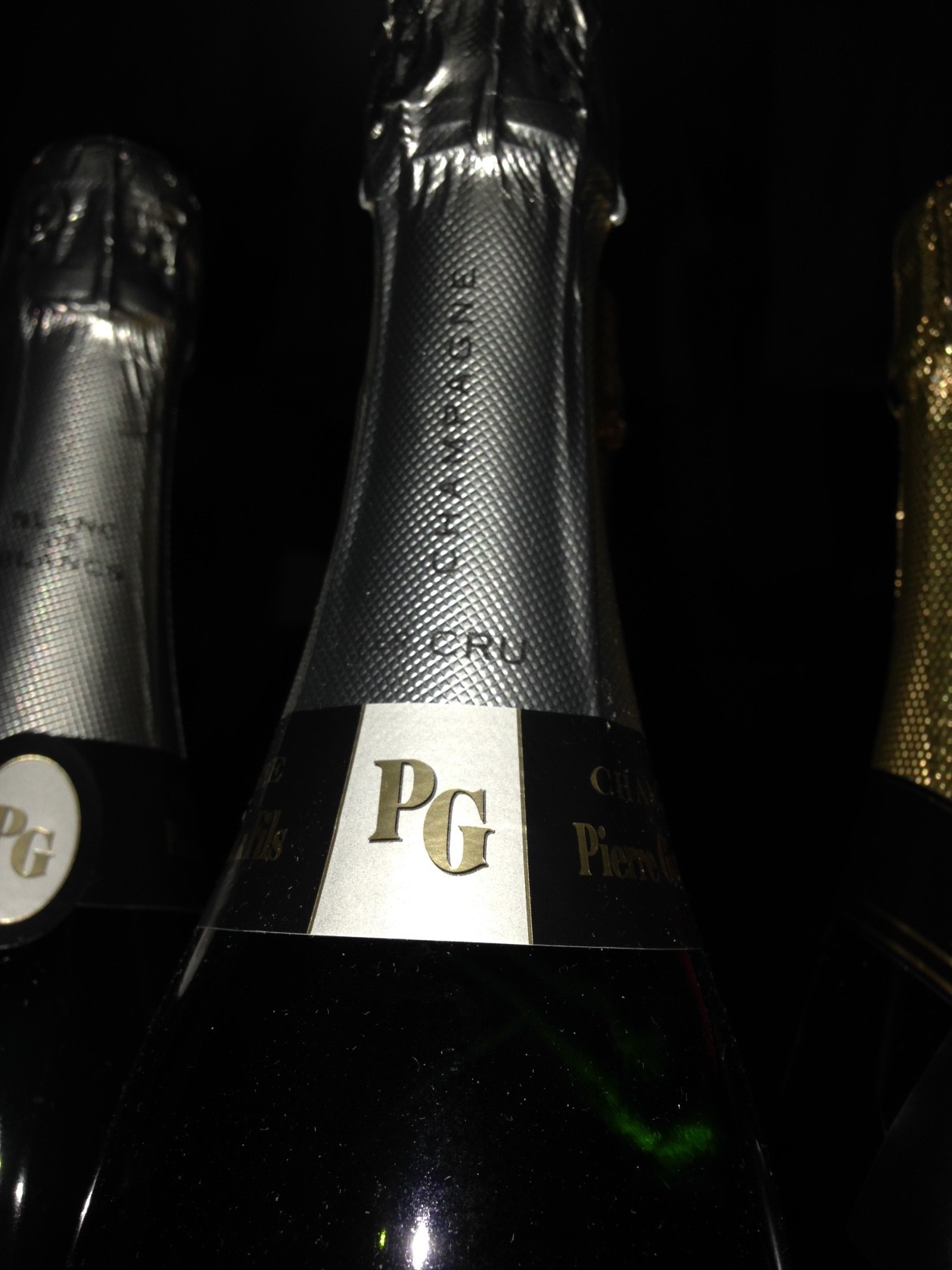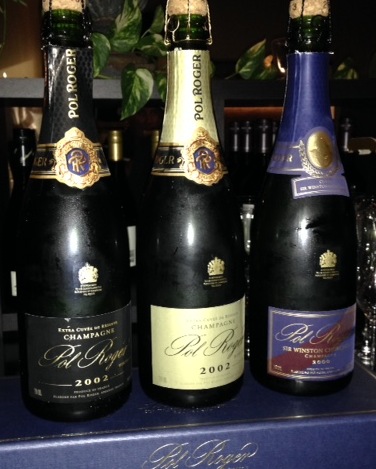Pommery Champagne
Barry Weinman: 14th October 2017
Wine is so much more than a just a drink or a commodity. It takes on meaning and a life of its own, depending on the situation in which it is drunk and the people with whom it is shared.
There is a story behind every bottle; joy, happiness, contentment and even sadness. Celebration or despair, friendship or a job well done.
Of all the wine styles produced, none is associated with more stories than Champagne. A wine that has been at millions of celebrations globally, and one that starts almost every social gathering in my house (ok, so I also drink plenty of good Australian sparkling wine as well!).
There are many other stories behind every bottle of wine, including the vigneron, the vineyard, the weather, the grape varieties and most of all, the winemaker.
There is also a team of people who work to bring the wine from the producer to your table. One of those people is Robert Palandri, a veteran of the Western Australian wine industry. Rob has worked in the background in a number of capacities in the industry over the years, including establishing his own restaurant and winery.
Rob has worked tirelessly over the years to share his passion for fine wine and promote the brands that he represents. Robert is currently the state manager of Vranken Pommery in Western Australia. The group distributes a number of brands in Australia, including their own Champagne houses; Pommery and Vranken.
So next time you are having a glass of fine wine, share a thought for people like Robert who work tirelessly in the background to bring wines to your table.
Champagne Pommery
Founded in 1785, Pommery is one of the oldest Champagne houses. The focus appears to be on making wines with instant appeal. These are wines that put an emphasis on the enjoyment factor.
The highlight was undoubtedly the 2002 Cuvee Louise. A wine of power and grace. There are still small quantities of this available in Western Australia and it is worth seeking out if your budget can stretch to $250.
If your budget is more modest, then the 2006 Vintage is the value point in the range, and should be available for under $100.
Pommery – Brut Royal – NV. Quite rich and forward nose, with red berry fruit to the fore over complex toast, dough characters. The palate has good weight and depth, with gentle acidity adding life. Made from Pinot Noir, Pinot Meunier and Chardonnay in equal proportions, this wine spends a minimum of 3 years on lees and has a dosage of around 10g/l.
Pommery – Grand Cru – 2005 Quite fine and racy in comparison to the NV, yet remains approachable and offers excellent current drinking. Mouth-feel and texture are a highlight and there is excellent length and drive to close. A 50/50 blend of Pinot Noir and Chardonnay, with the fruit coming from 7 villages – all Grand Cru. Spent 5 year on lees followed by extended bottle aging. Dosage is around 7 – 8 gm/l.
Pommery – Grand Cru – 2006. Stone fruit aromas with a twist of lemon adding depth. Elegant and restrained, this is very fine, with the acid driving the palate. Amazing contrast to the 2005, and needs a few years to open up. Similar winemaking to the 2005, though I expect that the dosage might be a little lower in this wine.
Pommery – Cuvee Louise –– 2002. Opens with fine lemony fruit courtesy of the Chardonnay. This wine is bristling with latent power. The palate is restrained and taut, but the fruit weight and depth are palpable. Tightly coiled, this is a magnificent drink now or in 5 – 10 years and was a real highlight. Chardonnay 65%, Pinot Noir 35%, the fruit coming from 3 Grand Cru villages (Aye, Cremmant and Aviz). 6g/l of residual sugar and 10 years on lees.
Pommery – Cuvee Louise –– 2004.($250). Incredibly fine wine, and near seamless in the mouth. Very long, elegant, restrained with a very fine mousse, minerality and great finesse. Texture builds long after the wine has been swallowed. A worthy follow up to the mighty 2002.





